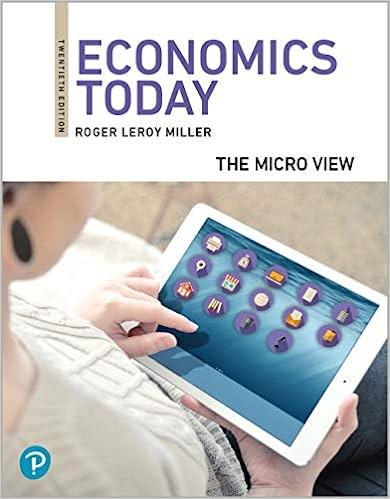All of the debates about improving our export sector to increase jobs and U.S. competitiveness ignore the
Question:
All of the debates about improving our export sector to increase jobs and U.S. competitiveness ignore the benefits of imports. David Wessel of The Wall Street Journal illustrated this point with an example of baby clothes. Currently, a typical family spends about $500 a year on baby clothes with total expenditures more than $2 billion a year. For years, there was a quota on imports of baby clothes. In 1998, the quota was lifted for all countries except China, and that was lifted in 2003. Since 1997, imports of baby clothes have doubled. The retail price of baby clothes has dropped by about 10 percent. During the same period, the CPI rose by 68 percent. Had the price of baby clothes gone up as much as everything else during that period, American parents would have spent about $1.5 billion more than they did in 1997.
Consider an example that looks at the reverse. When the United States restricted Canadian lumber imports, it increased the price by about $65 per thousand board feet of lumber. That lumber quota raised the price of the average new American house by more than $1,000.
Japan Loses Its Electronics Advantage to the United States
From the 1950s to the late 1990s, companies based in Japan, such as Sony, Panasonic, and Pioneer, made Japan an exporter of electronic devices such as televisions, stereo equipment, and radios. Since the 1990s, however, U.S. electronics companies such as Apple Computer, Microsoft, and Eastman Kodak have been able to elbow out Japanese firms. These and other U.S. firms have greater skill in writing software for digital chips used in the latest electronic products, including downloadable music players, video game consoles, hand-held devices such as smartphones, and digital cameras. In addition, U.S. electronics manufacturers have found more cost-efficient ways to design, manufacture, and distribute today’s most popular devices. U.S. producers are now exporting many of these devices to Japan. Thus, the United States has developed a comparative advantage over Japan in producing a number of electronic products.
If U.S. firms have a comparative advantage in producing digital electronic products, what must be true of the opportunity cost of producing these items in the United States as compared to Japan?
Step by Step Answer:






